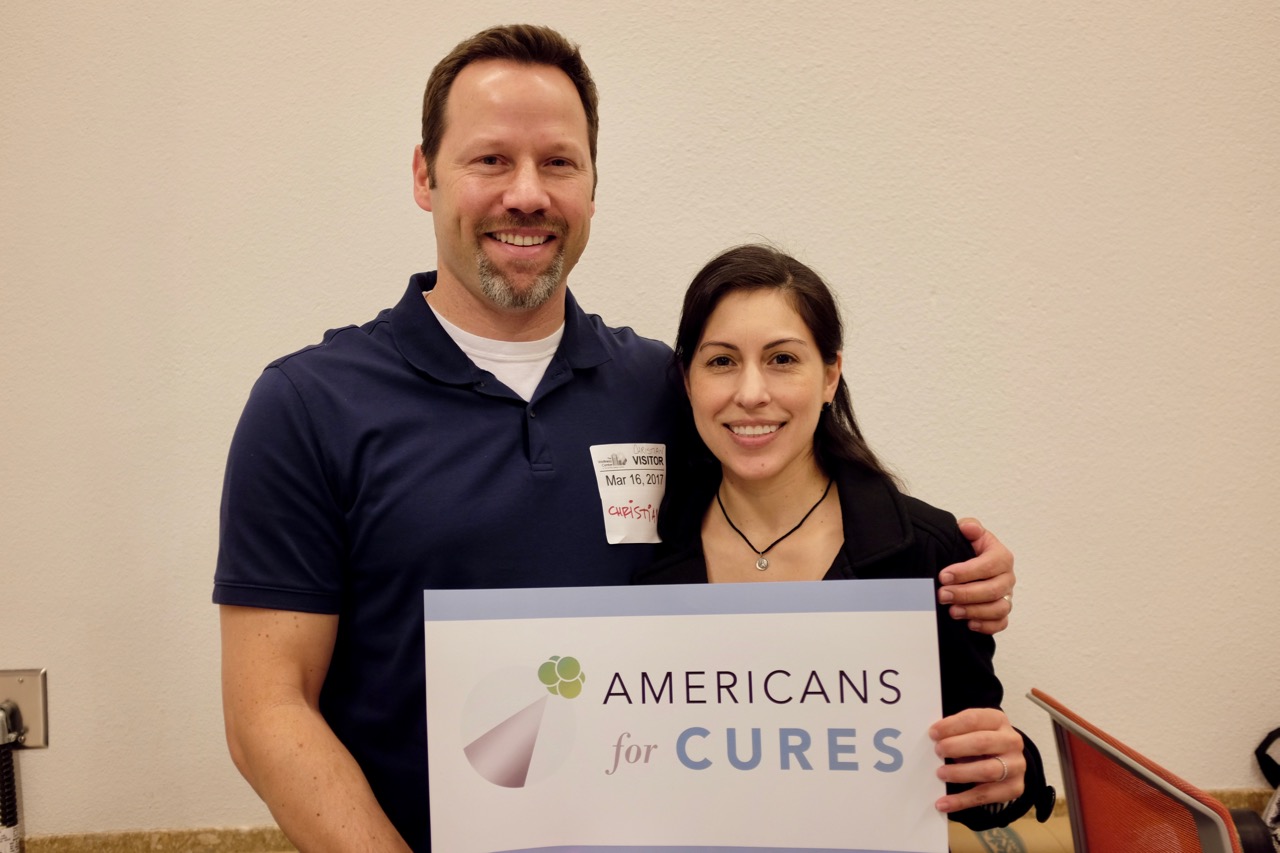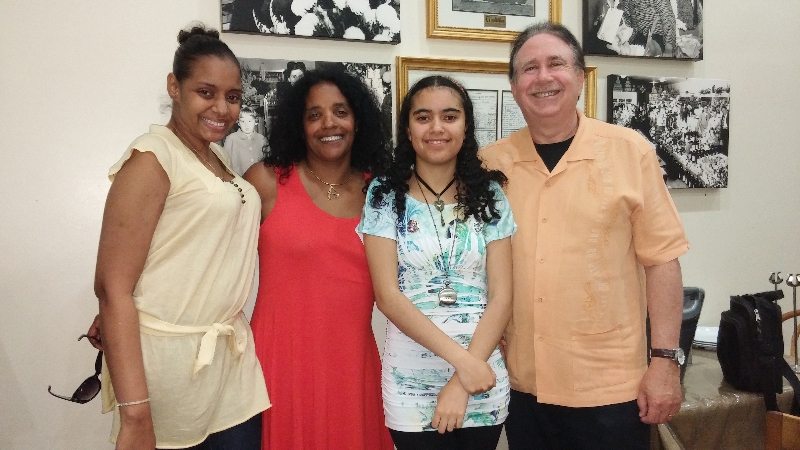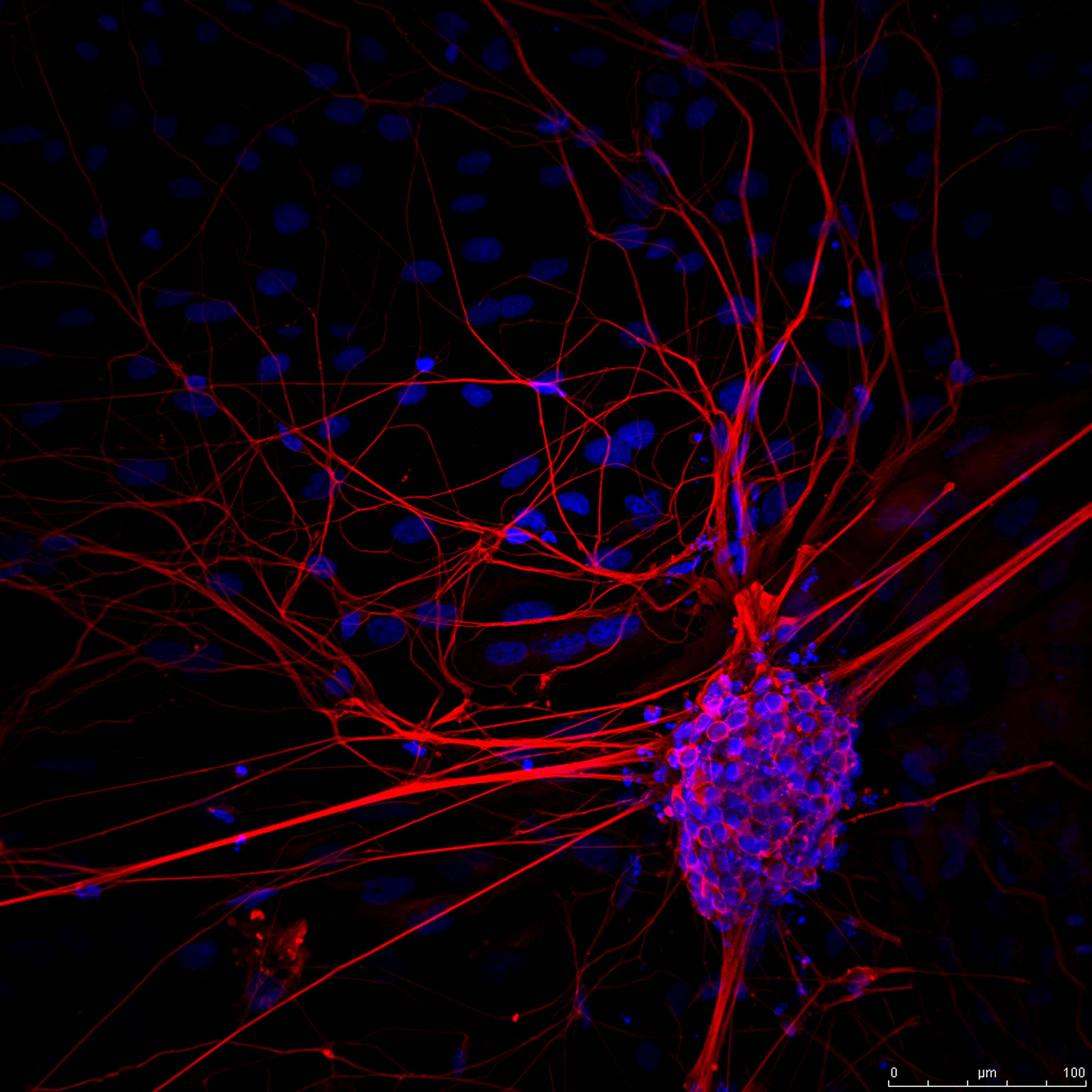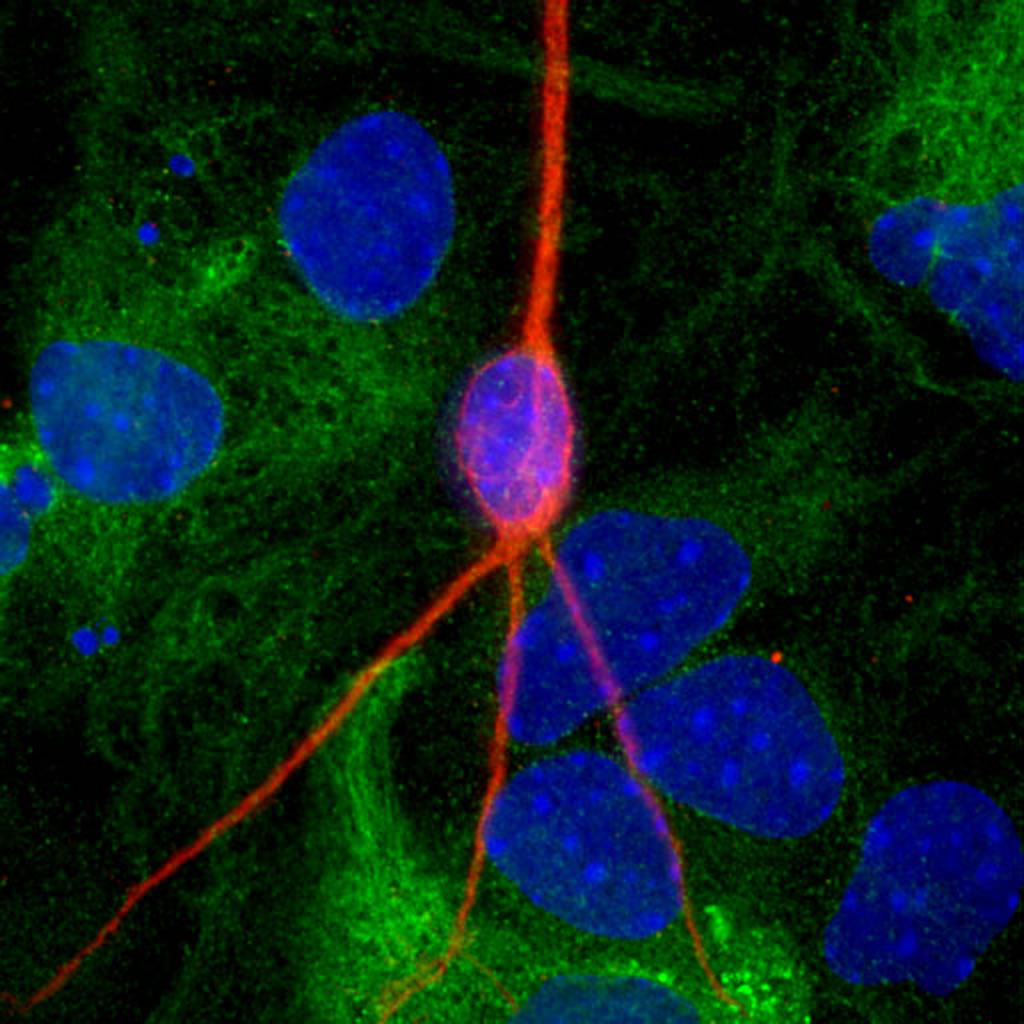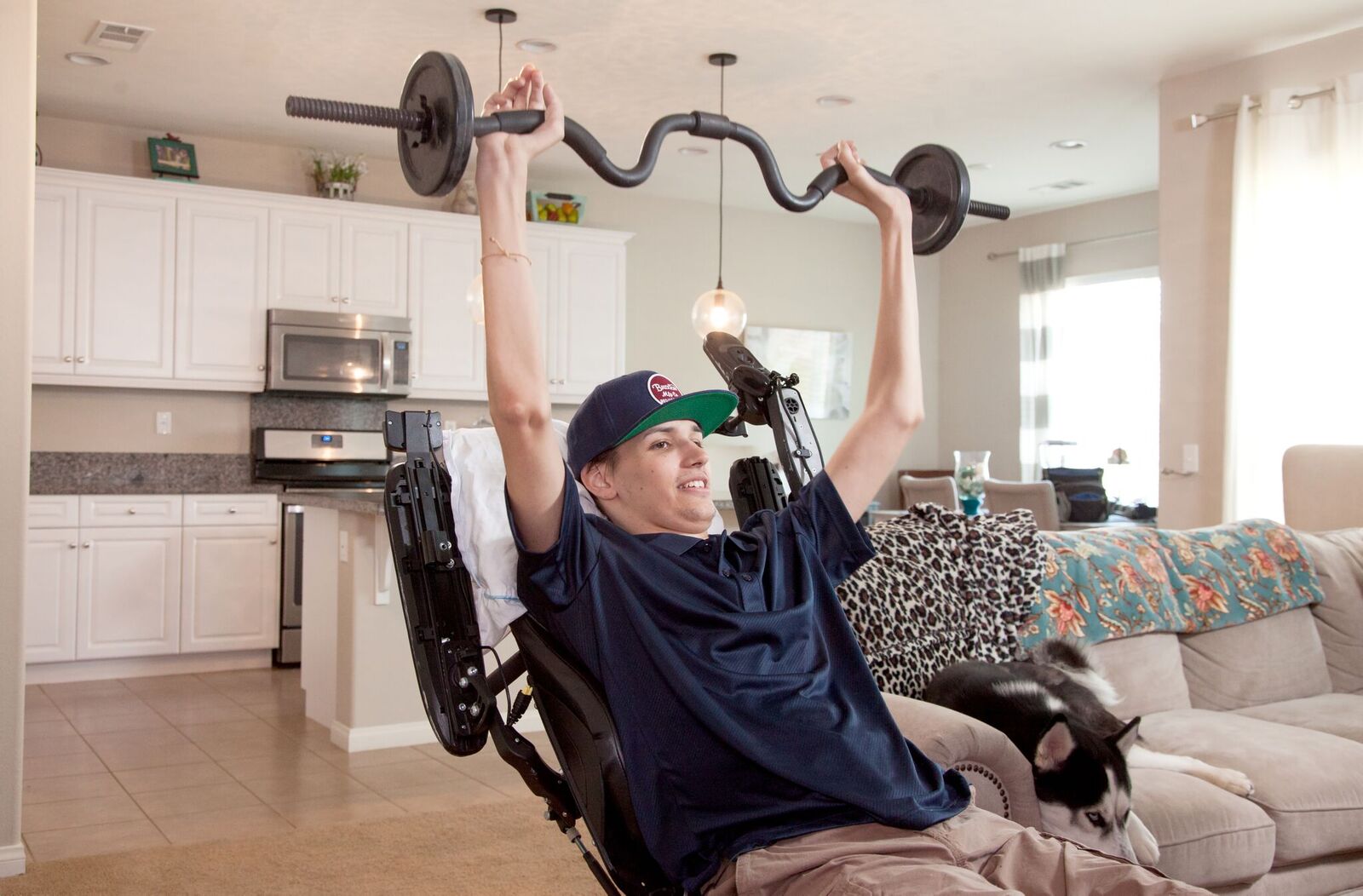Severe Combined Immunodeficiency (SCID), or “Bubble Boy Disease,” is caused by a gen...
Sickle cell disease (SCD) is caused by a genetic mutation that causes the body to produc...
Neural stem cells can be engineered to secrete supportive molecules to the cells that ar...
Scientists are using stem cells from Parkinson’s disease (PD) patients to see if alrea...
Different kinds of stem cells can be engineered to secrete molecules that are known to r...
Scientists are turning human embryonic stem cells into special cells called oligodendroc...
Be the First to Know
Progress in stem cell research continues to save lives and help us treat chronic disease for millions of Americans. Sign up now for updates on the latest breaking news, advocacy opportunities, upcoming events and more.

